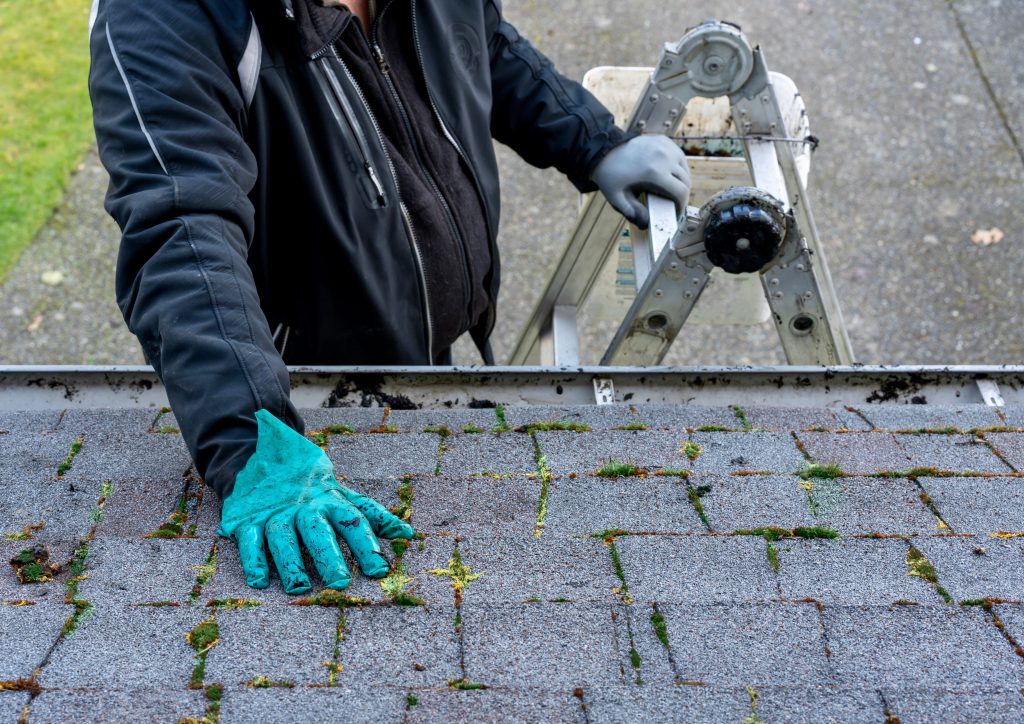
Conducting a routine roof inspection is essential if you want to keep your investment in good shape. A wide variety of fixes can be caught and performed before you find yourself paying thousands to have your roof replaced. While we recommend hiring a professional for a second opinion should you discover any potential roofing issues, here are some steps you can include in your housing maintenance routines.
Disclaimer: While performing any type of home inspection, please take every safety precaution possible. USA Roofing and Exteriors is not liable for any damage or injuries sustained should you decide to perform a DIY roof inspection. For ideas of how to best protect yourself, here’s an easy-to-follow safety checklist.
Inside Inspection
- Check your ceiling for mildew, mold, or any dark stains. These can be signs of water damage and should be dealt with immediately.
- Check your attic for dark spots, holes, and leaks. These are also the first signs of water damage to your roof.
- While in the attic, see if you can spot any small holes in the wood or tiny insect wings. After that, try shutting your doors and windows. If they struggle to close, that could be indicative of termites. Believe it or not, termites can fly into your attic and nest just beneath your roof. These common pests can cause severe roof damage in weeks if left alone.
- Next, get a good pair of gloves and a step ladder. Check your gutters, under the eaves, and the fascia—the wood between the roof and the gutter. Dirt, leaves, rocks, and other debris blown in by the wind can collect in these locations. Be sure to clear away anything that you find.
- At the same time, check if any debris has collected on the roof itself.
- If there are any trees on your property, remove any damaged branches, or trim the healthy ones touching your roof.
- Peeling paint or small wood splinters can both be signs of underlying damage.
- Check your roof after a severe storm. In addition, check it once in spring and then once more in the fall.
- Also after a storm, check to see if any of your neighbors’ roofs have been damaged. Oftentimes this will give you an idea of the location and type of damage your house may have sustained.
- Inquire about the age of your roof. If you don’t know, find out. This information will let you know the roof’s remaining life expectancy. In addition, it will give the roof inspector ideas on what to look for first. Many insurance companies will give you a break on your premium if your roof is newer.

